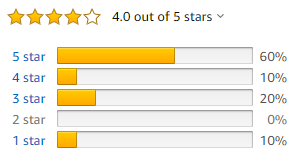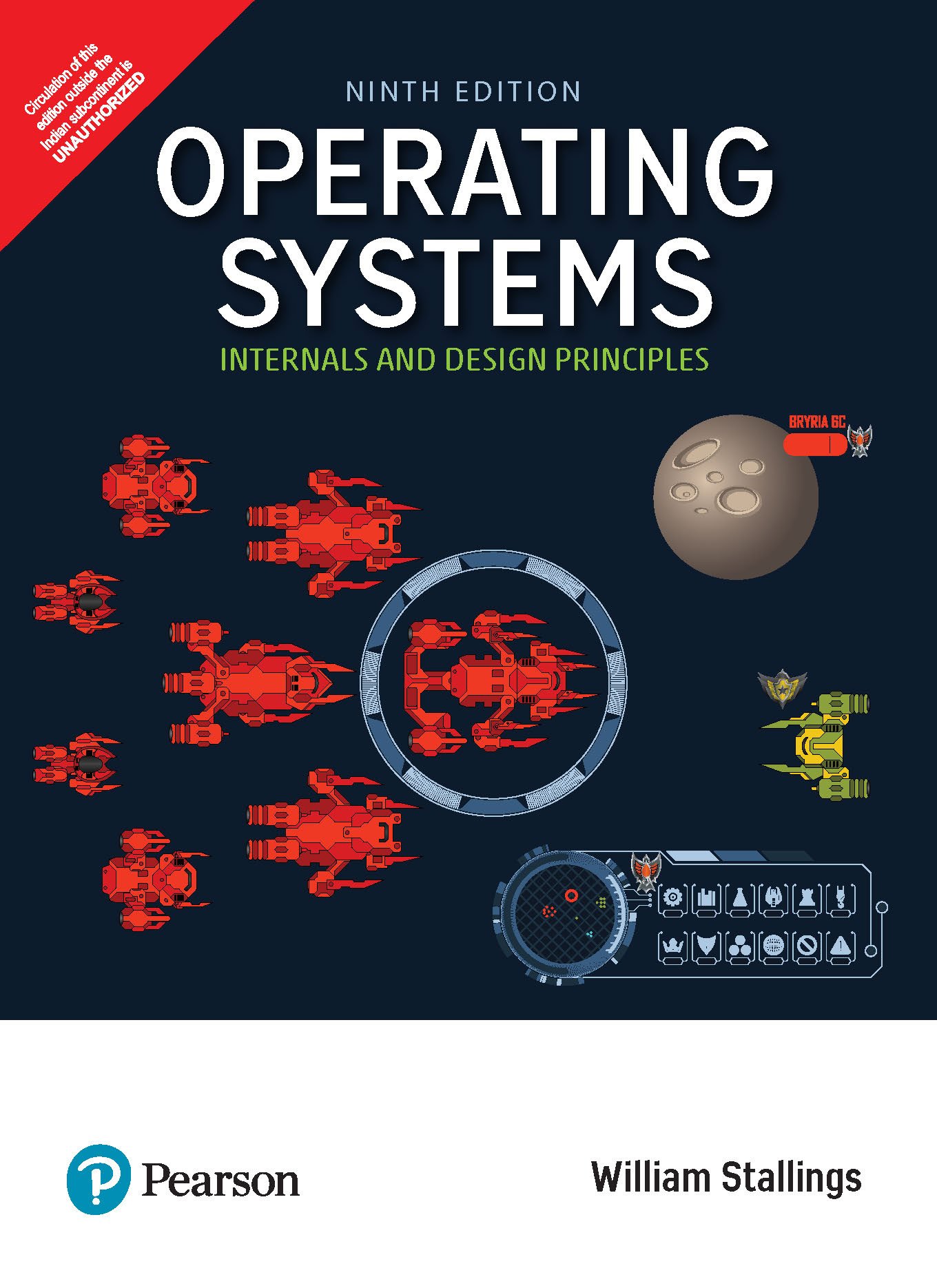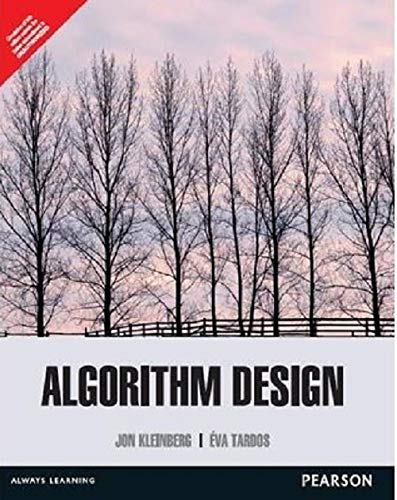Computer Organization By Carl Hamacher
This article reviews the book “Computer Organization” by Carl Hamacher, Zvonko Vranesic and Saftwat Zaky.
The article covers-
- Special features of book
- Analysis of Content
- Analysis of Exercises
- Necessary Instructions
- Conclusion
Why Should Be Read?
Special Features of Book-
The special features of this book are-
- It contains the most recommended text for this subject.
- It has simple diagrams which are quite clear in their meanings.
- Its examples very well explains how the concepts are implemented in modern computer systems.
- The explanation of Memory System topic is the best among all the textbooks on this subject.
- It has high quality numerical questions in its exercises which are very useful for practice.
Analysis of Content-
The following table analyzes sections of the book that are relevant for GATE-
| Chapter No. | GATE Relevant Sections | GATE Topics Covered |
| 1 | 1.2 | Functional Units of Computer |
| 1.4 | Number Representation
(Signed Magnitude, 1’s and 2’s Complement System) |
|
| 2 | 2.1 | Memory and Addresses |
| 2.2 | ||
| 2.5 | Addressing Modes | |
| 2.7 | Input / Output Operations | |
| 2.9 | Subroutines | |
| 4 | 4.2 | Interrupts |
| 4.4 | Direct Memory Access (DMA) | |
| 4.5 | Buses | |
| 5 | 5.1 to 5.9 | Memory System
(Organization of RAM Chip, Cache Memory, Virtual Memory etc) |
| 6 | 6.1 | Signed Number Addition Using Adders |
| 6.2 | ||
| 6.4 | Booth’s Algorithm | |
| 6.7 | Floating Point Number Representation
(Listed Under Digital Logic in GATE Syllabus) |
|
| 7 | 7.1 to 7.5 | Processing and Control Unit
(Hardwired, Microprogrammed) |
| 8 | 8.1 to 8.5 | Pipelining
(Basics, Hazards, Operand Forwarding, Branch Prediction etc) |
Covering Only These Sections Is Enough
Analysis of Exercises-
The following table analyzes exercises of the book that are relevant for GATE-
| Chapter No. | Question No. |
| 1 | 1.5, 1.6 |
| 2 | 2.1, 2.2, 2.5, 2.8, 2.13, 2.17, 2.20 |
| 4 | 4.3, 4.8, 4.12, 4.20 |
| 5 | 5.1, 5.4, 5.6, 5.7, 5.8, 5.9, 5.10, 5.11, 5.13, 5.14, 5.16, 5.18, 5.19, 5.21, 5.25, 5.27, 5.29 |
| 6 | 6.1, 6.2, 6.3, 6.4, 6.5, 6.9, 6.10, 6.11, 6.12, 6.17, 6.22, 6.25, 6.26, 6.27 |
| 7 | 7.4, 7.5, 7.8, 7.18, 7.21, 7.26, 7.30 |
| 8 | 8.1, 8.2, 8.13, 8.14, 8.15 |
Practicing Only These Exercises Is Enough
Necessary Instructions-
Keep the following instructions in mind while reading the book-
- Many students find this subject comparatively tough for GATE exam.
- The questions asked in the exam are highly conceptual in nature.
- Be thorough with the concepts.
- Read the relevant sections thoroughly.
- Multiple readings may be needed for some sections.
- Give utmost importance to the topics of Memory System and Pipelining.
- It is very essential to solve the exercises to get a good grip over the subject.
Conclusion-
- This textbook caters the need of all the students pretty well.
- The carefully-curated examples make this book insightful to read.
- The exercise questions are rich in quality.
- Some questions are above the level of questions asked in the GATE exam.
- The chapters of Memory System, Arithmetic and Pipelining are covered in great depth.
- Overall, this book is a must read while preparing this subject for GATE exam.
| THIS BOOK IS SELF-SUFFICIENT FOR GATE EXAM. |

Amazon Rating
Student’s Reviews-







Other Recommended Books-
Computer Organization: A Quantitative Approach By Hennesy and Patterson-
Computer Organization and Architecture By William Stallings-


























